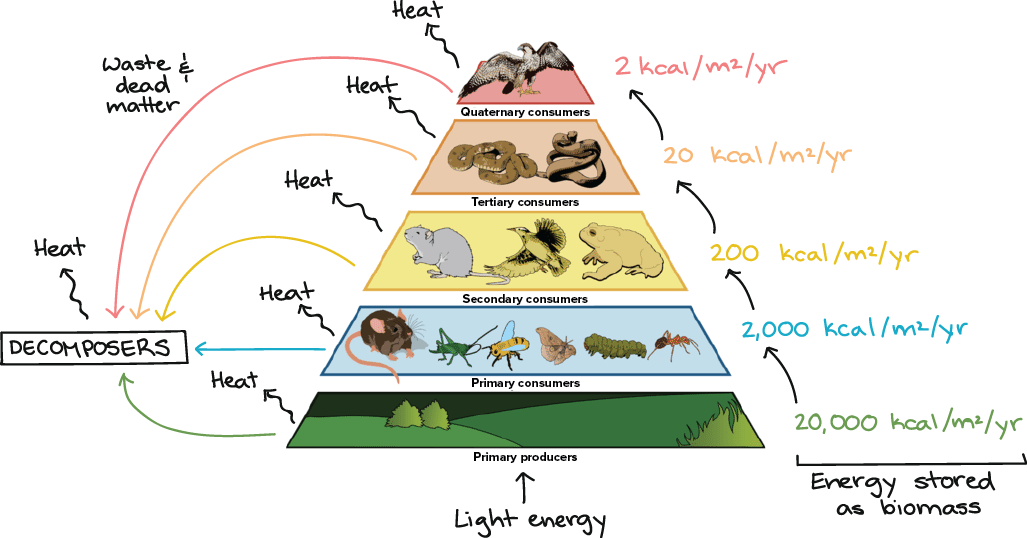Afraid of pesticides? Have no fear
Here's how to stray from these little packets of terror!

Here's how to stray from these little packets of terror!
- The best way to get rid of pesticides is to find another solution to the pests themselves. Around the home try this!:
- removing food and water that you don't need (leaking pipes)
- getting rid of pest breeding sites (litter and plant debris).
- If you really want to use them, make sure you read the label and apply the recommended amount of less
- Twice the amount will NOT do twice the job
- Make sure to wear the proper clothing when dealing with pesticides. The proper wear can include gloves, long sleeved shirts, masks, and long pants or jumpsuits. The best thing to do is to wash hands and clothes immediately after dealing with pesticides
- Before you work with a pesticide, make sure that there are no pets or kids or anything you don't want getting injured in the way. Make sure to wait while the whole thing dries before letting em' loose!
- Remove or cover food during indoor applications.
- Don't spray outdoors on windy or wet / rainy days. Keep the pesticide from drifting or running off into a garden, pool, or yard.
- When you've got a commercial applicator or lawn care service, ask about potential risks and safety precautions to take.
- Don't buy more pesticides than you will need. If you have leftover pesticides, check with your town or government to make sure that you have a safe way to dispose of them such as a hazardous waste disposal area.
- Keep the telephone number of your area Poison Control Center near your telephone: 1-800-222-1222.

